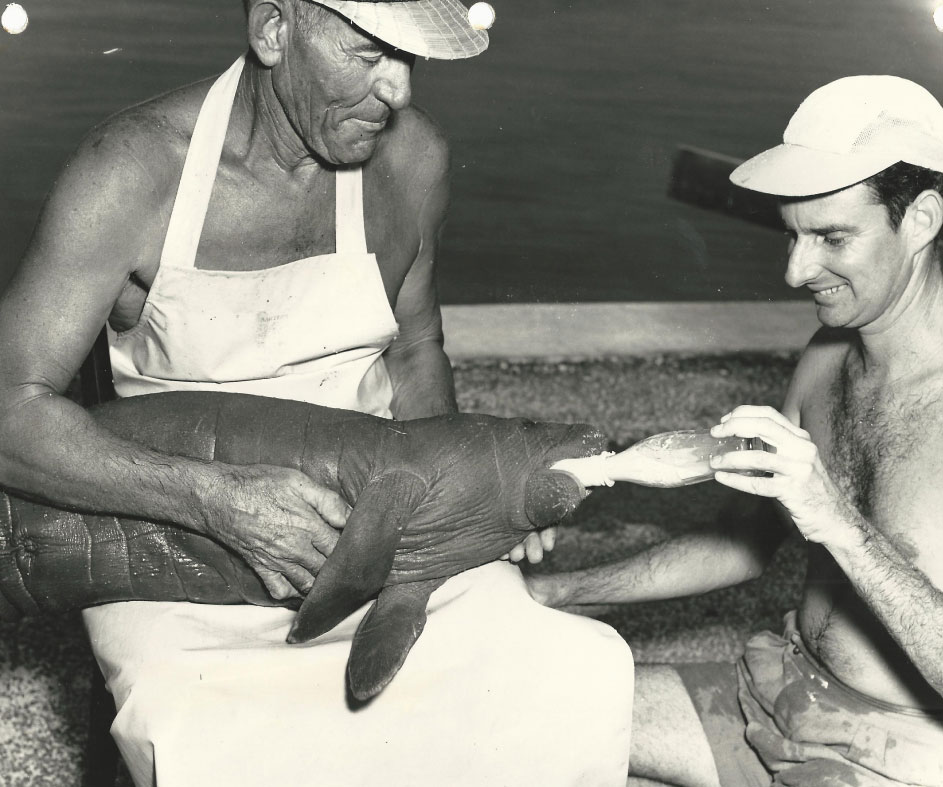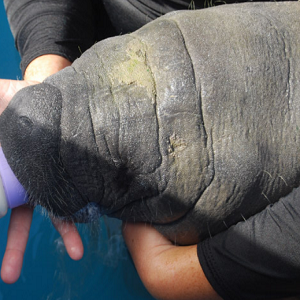The story of Monterey & Berkley
In 2015, Miami Seaquarium became the forever home to two sea lions, Berkely and Monterey. They were part of an Unusual Mortality Event (UME) where more than 3,000 starving sea lions, mostly pups, were stranded on Southern California beaches. Berkeley and Monterey were found emaciated, dehydrated and very underweight. After being rescued, rehabilitated and released several times, the National Marine Fisheries Service determined these two sea lions were incapable of a safe and enduring release back into the wild, thus necessitating the need for a permanent home to ensure their safety. Miami Seaquarium is honored to be here for Berkeley and Monterey, who have been happily hanging out with us for the past six years!


